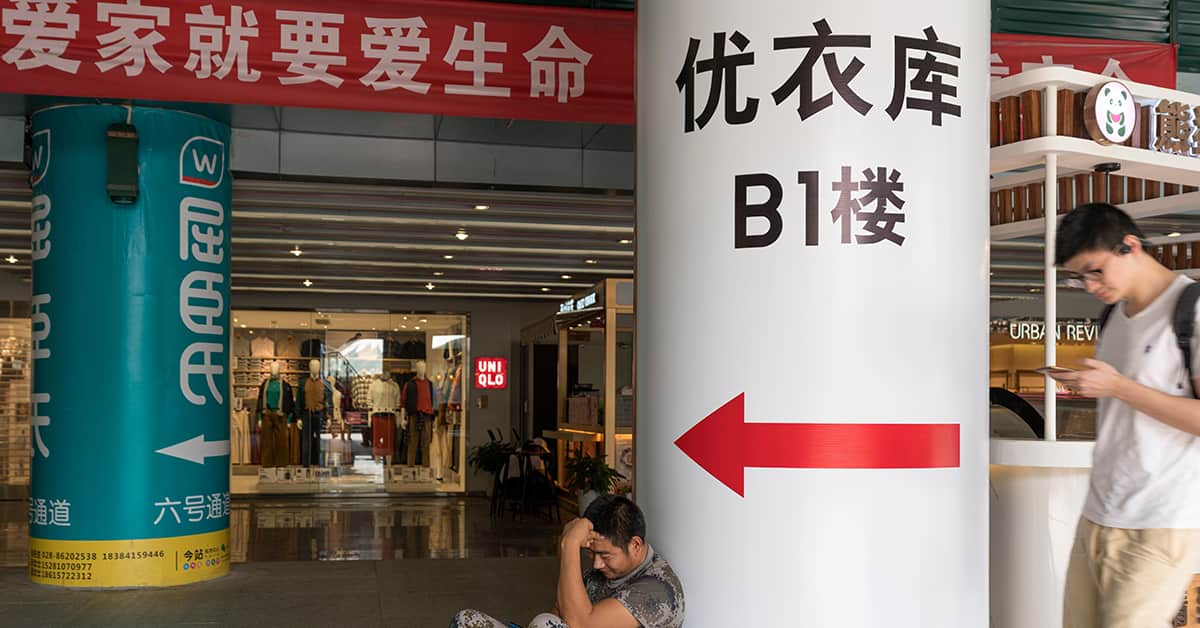There havebeen far fewer bankruptcies during thepandemic than in previous recessions,particularly among small businesses.

The tsunami of insolvencies that some had confidently predicted hasn’t yet materialized, despite dramatic drops in revenue across multiple sectors and significant delays in customer payments due to liquidity issues in the supply chain.
But evidence suggests that the reckoning may have been delayed, not avoided, and the worst is yet to come. Small and midsize enterprises (SMEs)—which provide the majority of employment worldwide and are therefore key to economic health across the globe—look particularly vulnerable.
In March 2021, global credit insurer Atradius forecasted a 26% rise in global insolvencies. Singapore was on the verge of the third-biggest year-on-year increase in insolvencies in the world, according to the insurer.
This pessimism made sense, as a multicountry survey in March and April 2020 had already found that half of Asian SMEs had less than a month’s worth of cash reserves at the time. Surveys conducted by the Asian Development Bank indicated that three out of four micro, small and midsize enterprises in Thailand ran out of cash or would do so in a month. The figure for Indonesia was an eye-watering 85%.
However, many of the SMEs dodged the bullet in 2020.
Recently Sangchai Theerakulwanich, chairman of the Federation of Thai SMEs—whose members employ 12 million people—warned, “If this [Covid-19] situation is prolonged to the end of 2021, the nation will be in crisis, with 80% of us going bankrupt.”
Despite this chorus of fear, there have been far fewer bankruptcies during the pandemic than in previous recessions, particularly among small businesses.
Direct financial support, forbearance measures that have constrained lenders and landlords and interruptions of the insolvency process due to statute or social-distancing restrictions have artificially mitigated bankruptcies.
In addition, borrowing from banks—fueled by abundant central bank lending and increasingly from other intermediaries—have grown significantly. They offer a short-term lifeline but raise the possibility that companies that make it through might carry historically high levels of debt.
“As support is withdrawn, companies that have leaned on the government at the expense of prudent cash management will be among the first to become bankrupt,” says Tan Jin San, business manager of Riabu, a Singapore-based fintech that helps SMEs secure prompt payment from their multinational clients. “Those who have plugged the gap caused by slowing customer payments with debt rather than improved internal focus will also be at risk. Fortunately, they still have time to address this if they move quickly.”



